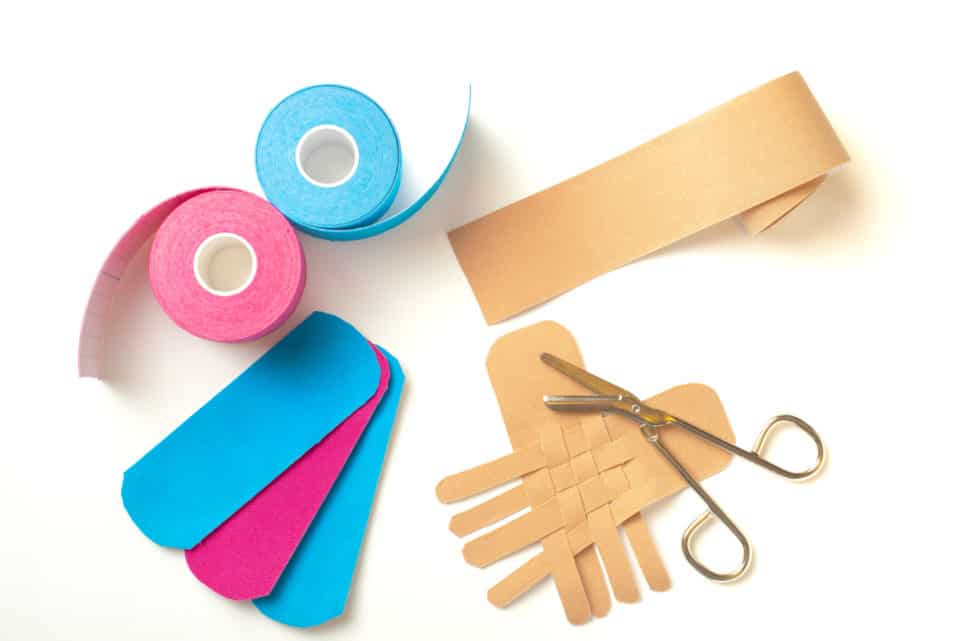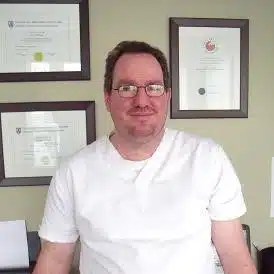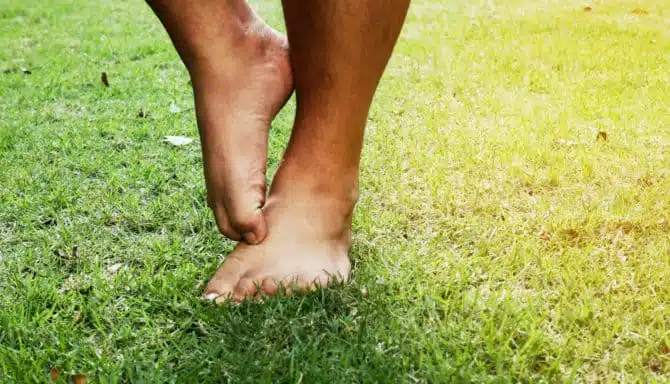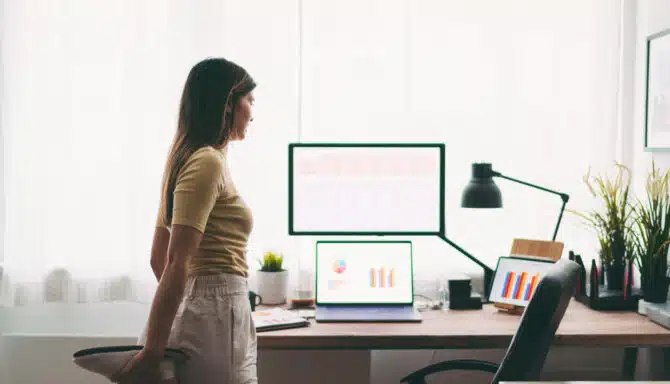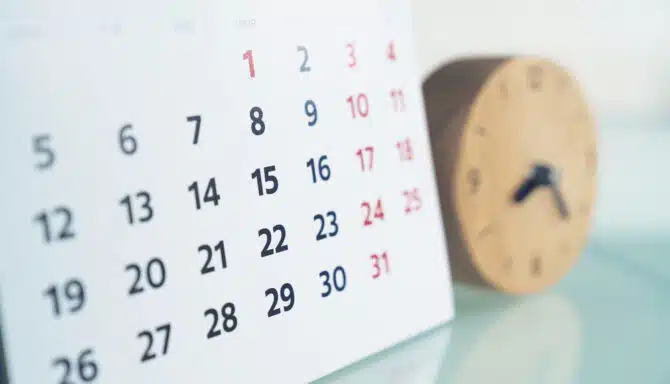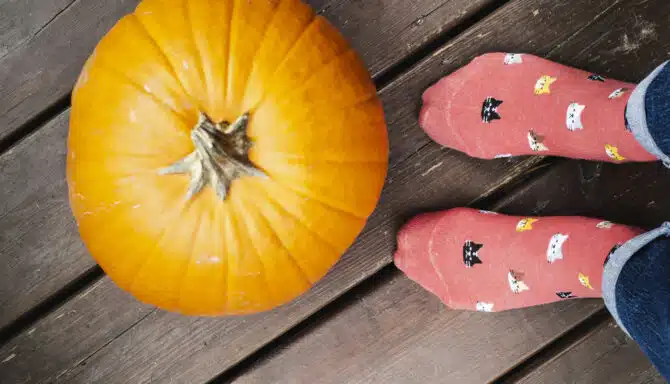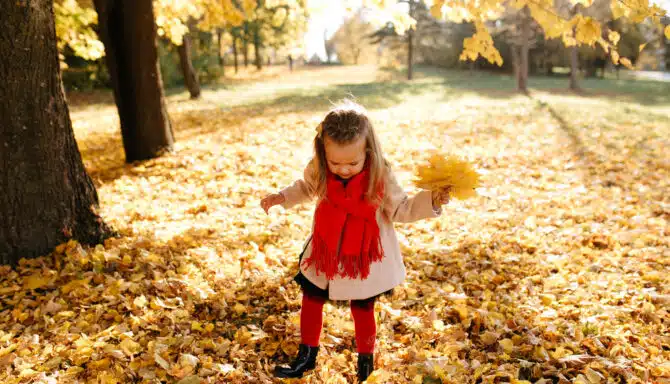Have you ever watched a professional sports league and noticed athletes wearing tape around their feet, ankles or lower legs? Alas, taping is not just for professional athletes as it has a widespread application in a number of sports. The technique of taping can be utilized for everyday uses to help treat and prevent certain foot and leg injuries and conditions.
In this article, we explore the basics of taping, how and why it’s used and common use cases. To start, let’s explain what the term “taping” refers to.
What does “taping” mean?
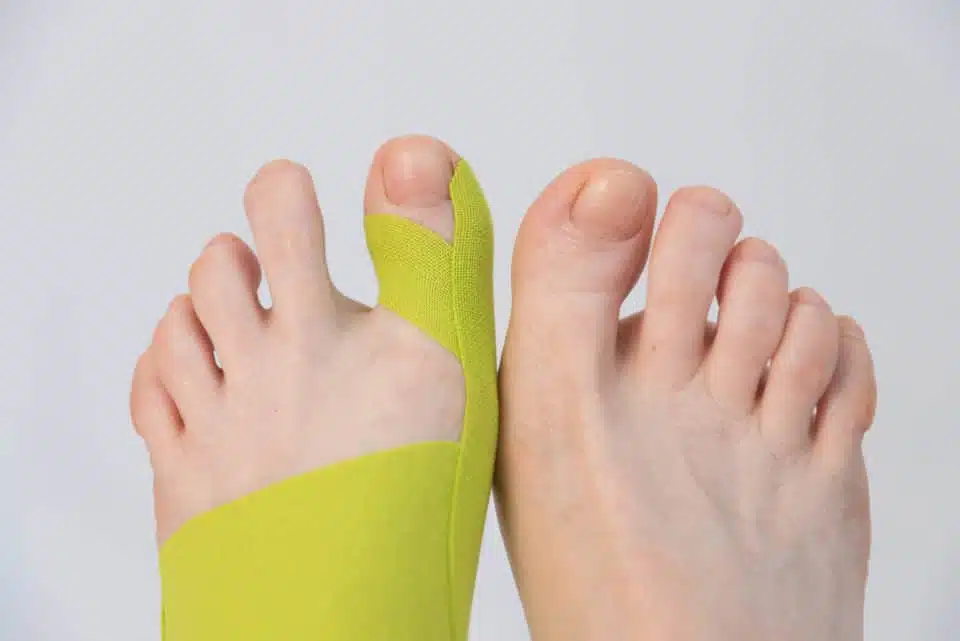
Taping is a therapeutic method for injury prevention and injury management. In other words, it is used to help treat and prevent various foot conditions and injuries.
Its purpose is to help stabilize and limit a joint’s range of motion whilst enabling functionality to the affected area. By wrapping certain parts of your foot, you can “hold” certain joints or muscles in a desired position and relieve pressure from specific areas. The actual tape used can be either a type of pressure-sensitive tape (which activates based on the pressure applied to it) or something as basic as surgical tape.
If you’ve ever used a brace, taping is similar in mechanics and purpose. The main difference is that taping can be altered and manipulated depending on its intended function.
Here is the Henry Ford Allegiance Health discussing Kinesio Tape (one brand) and how taping can promote healing.
Why tape your feet?
Taping isn’t just for sports injuries or for professional athletes. Taping can be used as an effective tool for a range of foot conditions and injuries, from hallux valgus (bunions) to Achilles tendonitis. It’s popular due to being able to pack a punch.
Taping is also beneficial for the following reasons:
- It’s non-invasive;
- It’s accessible; and
- It’s a relatively affordable treatment.
It is best to have a medical professional or therapist do it for you first. Then, once you’re comfortable and know how to do it, you can do it yourself at home. Taping techniques can last several days and won’t hinder your movement in any way, nor does it add too much bulk to your feet (meaning you may be able to wear your regular footwear), whereas an air cast or splint is much less versatile.
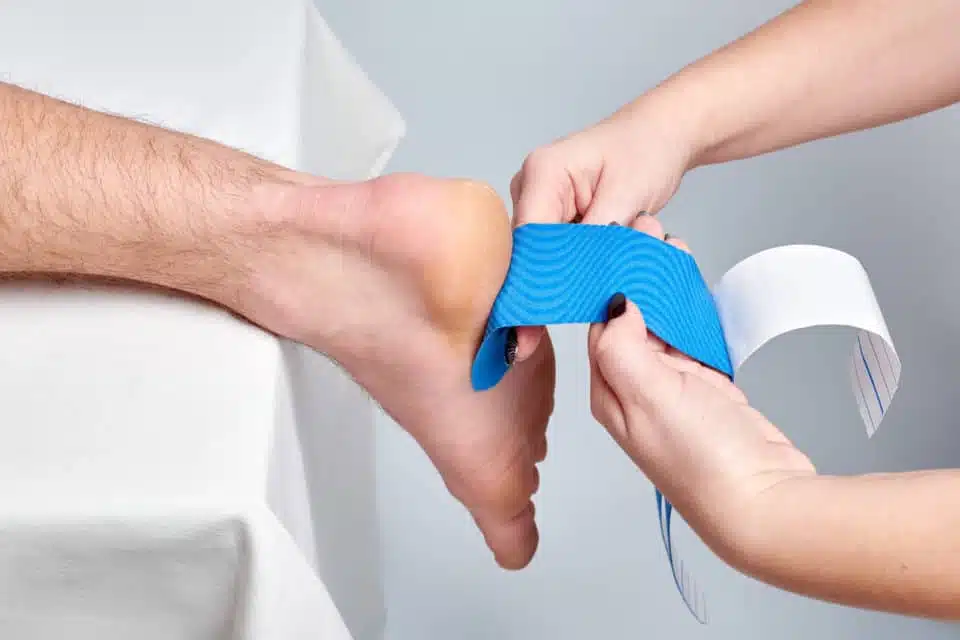
Examples of taping methods include:
- The low-dye taping technique can help those who suffer from plantar fasciitis. This technique provides additional padding below your heel and helps offload weight from your plantar fascia, making it useful for other lower leg injuries like shin splints. This technique is typically meant for serious ankle injuries whereas the figure 8 technique, although less supportive, may benefit those with mild to moderate lower leg injuries.
- The basketweave technique specifically targets ankle injuries. The basketweave is the most supportive taping technique and involves taping across the top of your foot, around your upper ankle and along your Achilles tendon.
- The McConnell taping technique targets those with patellofemoral syndrome. This method involves taping across both above and below the knee cap and enclosing the knee with vertical tape on both sides. This is done to reduce pain and alter the alignment of the patellofemoral joint.
- Bunion taping: The joint is taped to help keep it in place, prevent further misalignment and temporarily manage pain and inflammation.
- Buddy wrapping: This taping technique involves taping a damaged extremity or joint to its neighbour. For example, a common short-term treatment for tennis toe is to tape the injured toe with a healthy toe, effectively creating a splint via tape.
Which conditions or injuries can benefit from taping?

Taping can provide immediate relief for a number of different injuries. Its objective is to provide stability and offload weight from inflamed muscles and joints.
The following conditions and injuries may benefit from taping, depending on the severity:
- Plantar fasciitis
- Tibialis posterior dysfunction
- Achilles tendonitis
- Ankle sprains
- Patellar tendonitis
- Bunions
- Turf toe
- Flat feet
Taping can also be used for surface conditions like blisters. This is different than the techniques mentioned above. Taping your toes and feet can help reduce the likelihood of blisters by providing a medium between your skin and your shoes. This reduces the amount of friction on the surface of your skin. You can use materials as simple as surgical tape for this. A study of ultrarunners published in the Clinical Journal of Sports Medicine found that paper tape prevents both the incidence and frequency of foot blisters in runners.

Does taping your feet and lower legs work?
Taping can be beneficial both as a treatment method and a preventative measure against future injury.
For plantar fasciitis, for example, research finds that “in the short-term, taping is beneficial in treating plantar fasciitis. The best evidence exists for low dye taping and calcaneal taping.” In flat feet, one study found that “kinematic taping on flexible flat feet had positive effects of immediately reducing the abnormally increased foot pressure and the tone and stiffness in the lower extremity muscles.” Here is KT Tape (a kinesiology tape brand) being used to help Plantar fasciitis:
Athletic taping in sports
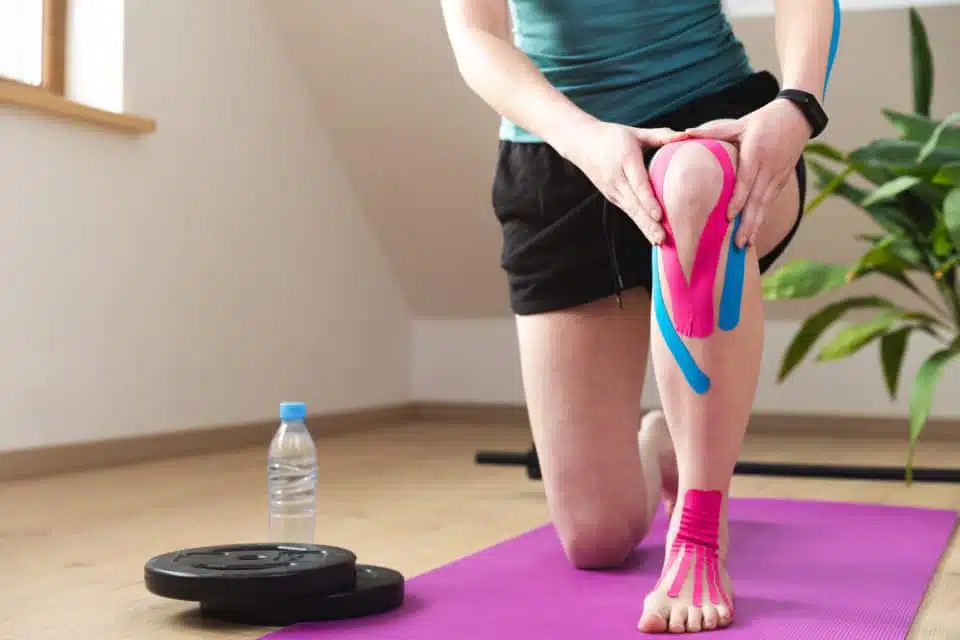
You’ll find that taping is quite common in sports where a lot of side-to-side movement and/or running are involved. Sports, due to their intense nature, carry considerable risk for injury, especially to the legs and feet, and often involve regular treatment.
These are some of the sports in particular where you’ll find taping most common:
Who can tape my feet?
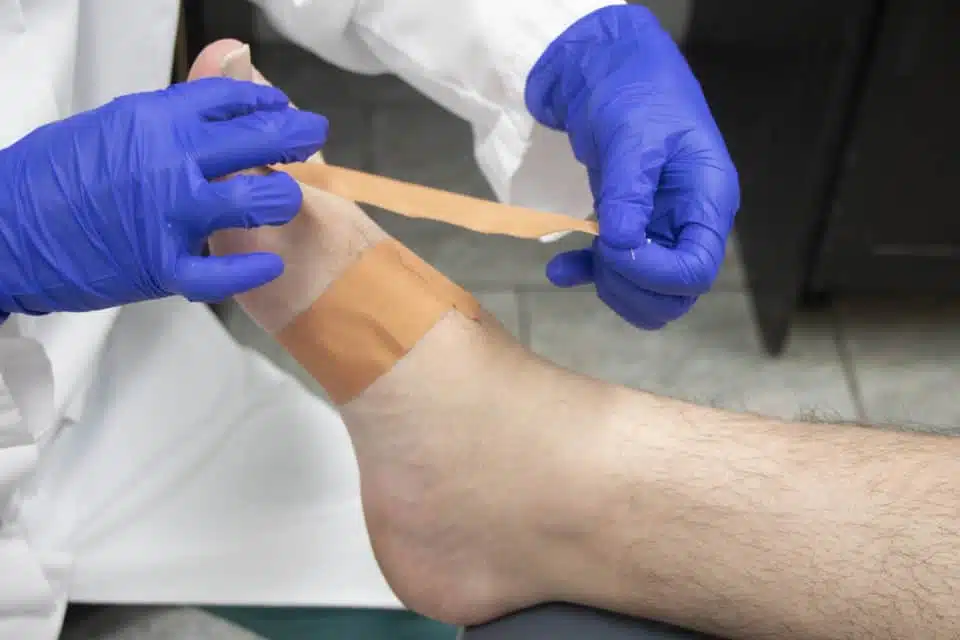
Our chiropodists at Feet First Clinic can skillfully and therapeutically tape the feet and toes to treat and prevent a variety of foot conditions and deformities.
You can book an appointment with a chiropodist to have your foot issue assessed. At your assessment, the chiropodist will determine the best course of treatment. Taping is done at this time if necessary. The chiropodist can also instruct you on how to properly apply tape at home. We recommend follow-up appointments to monitor your progress.
